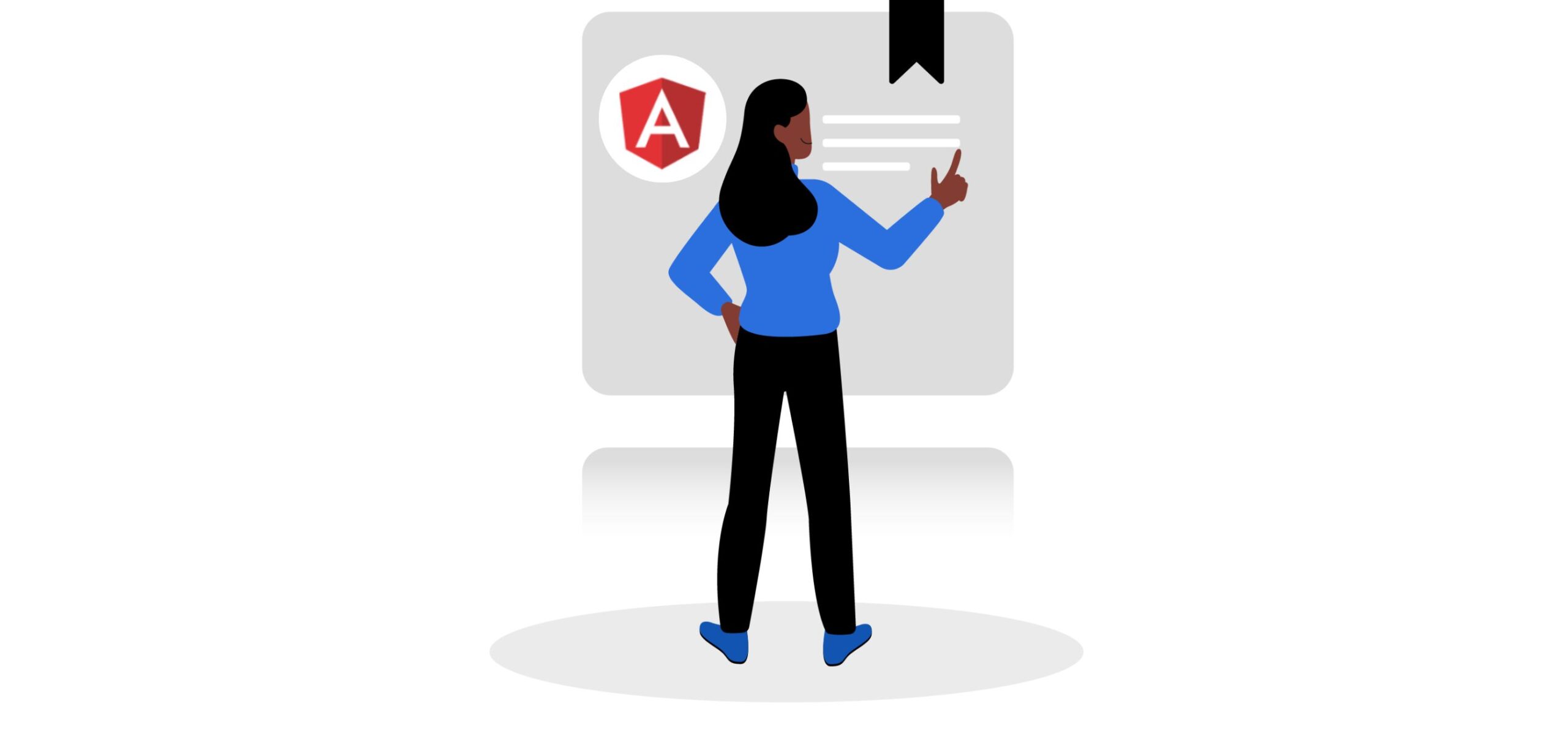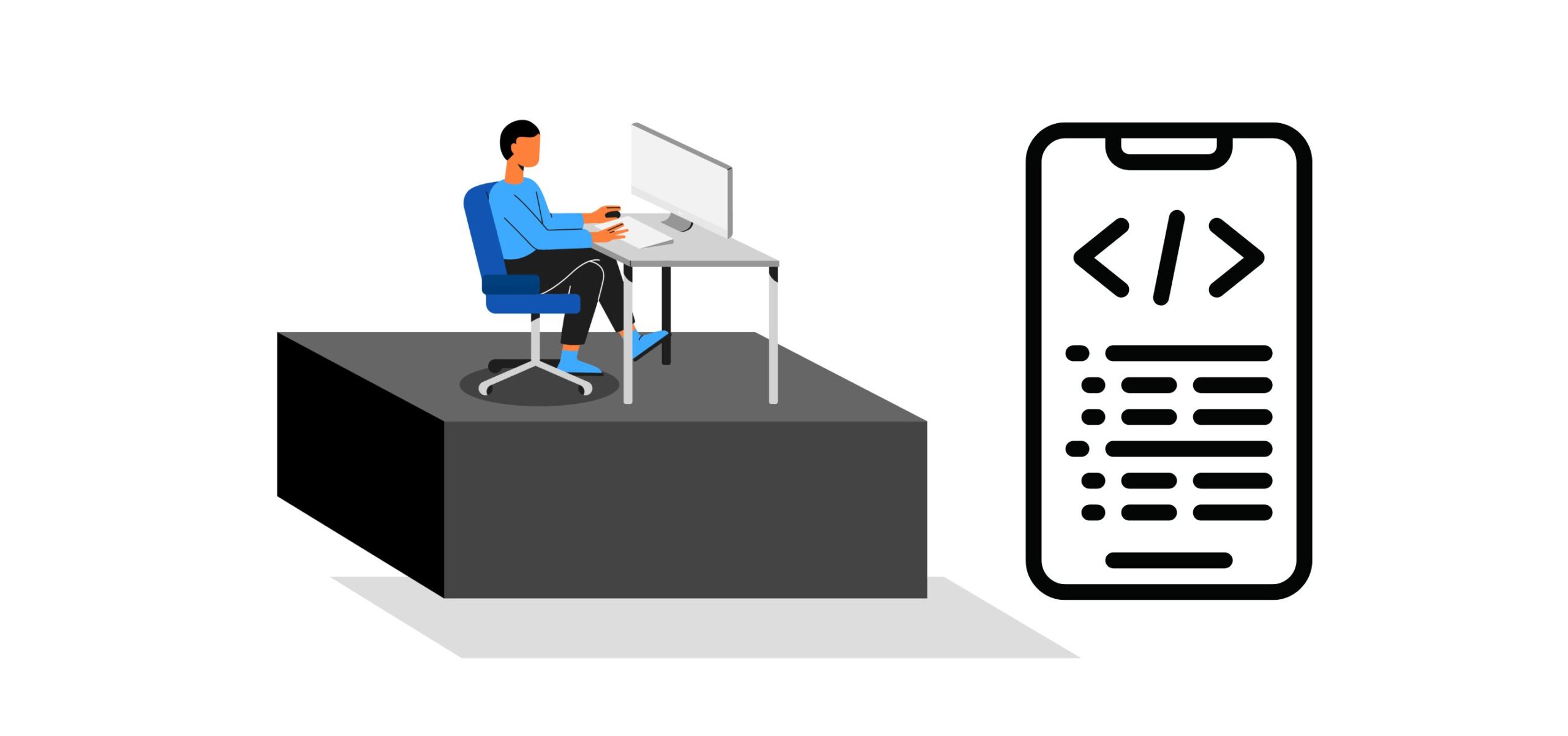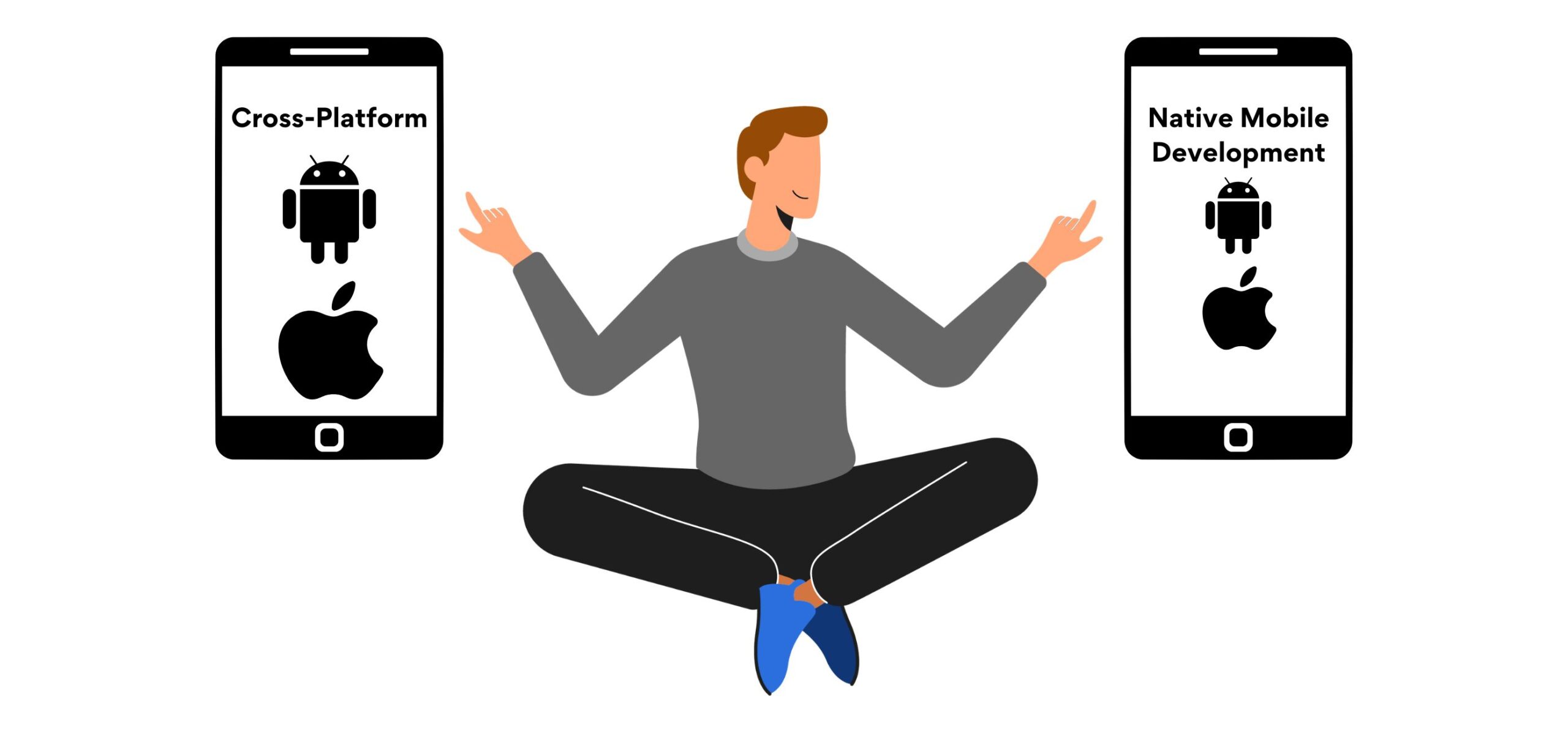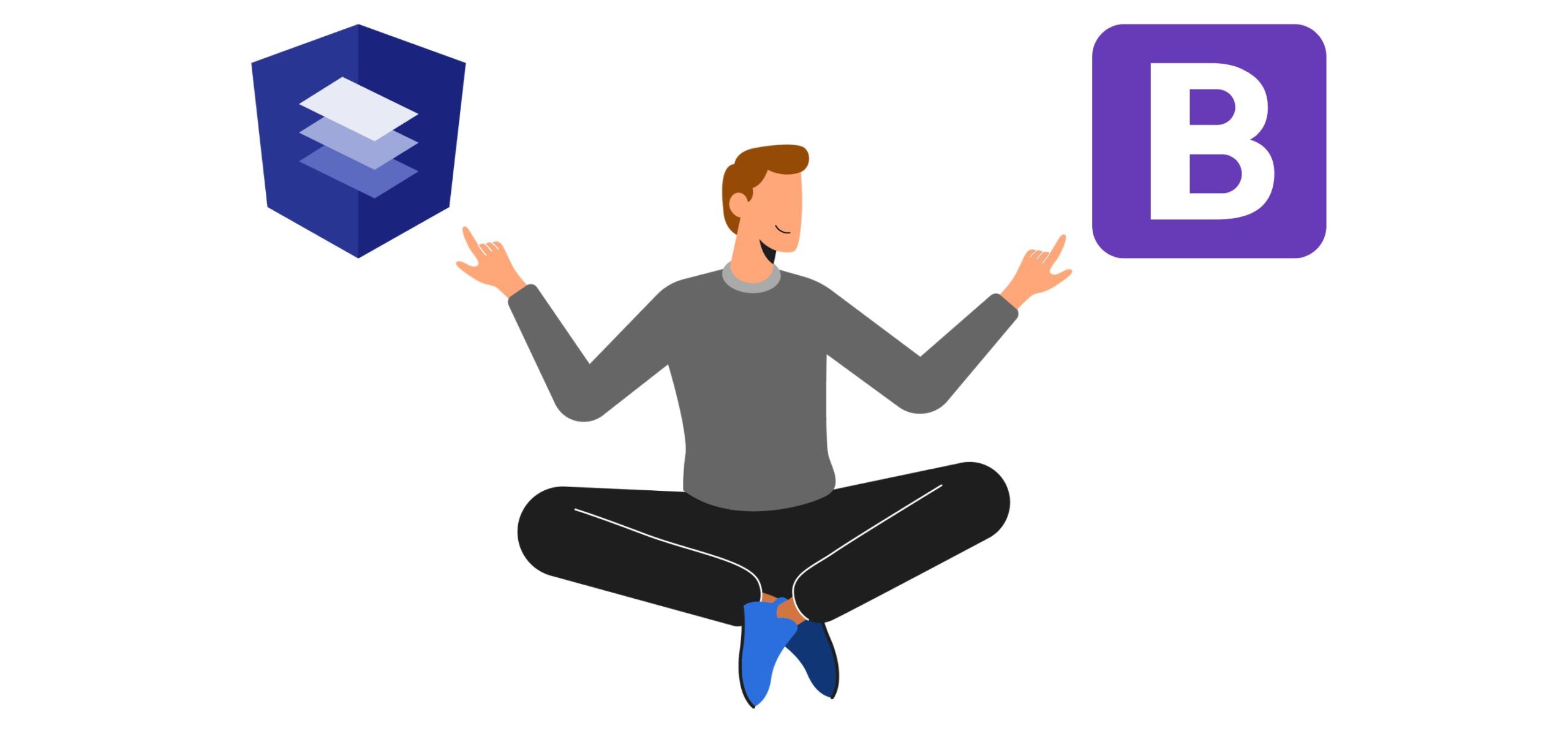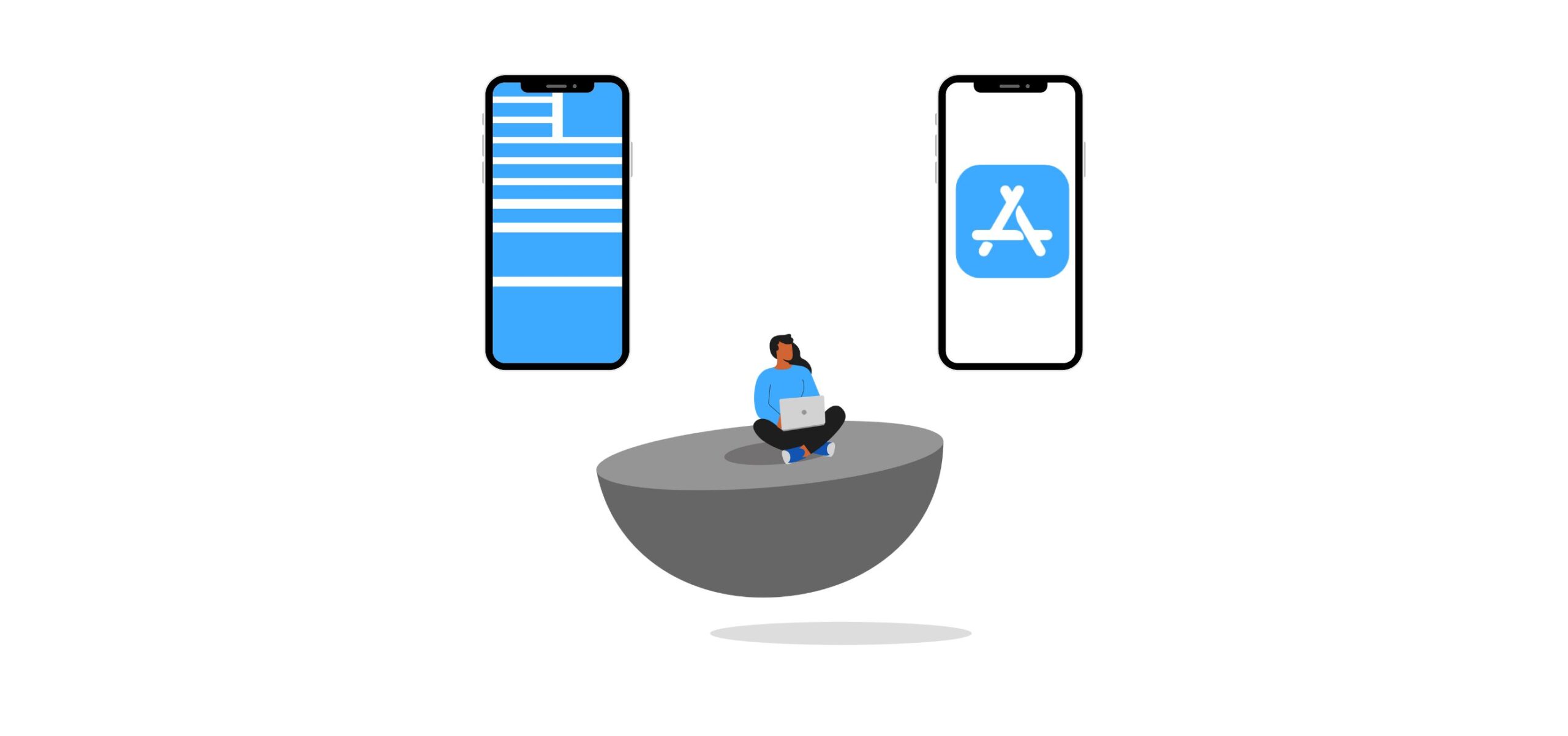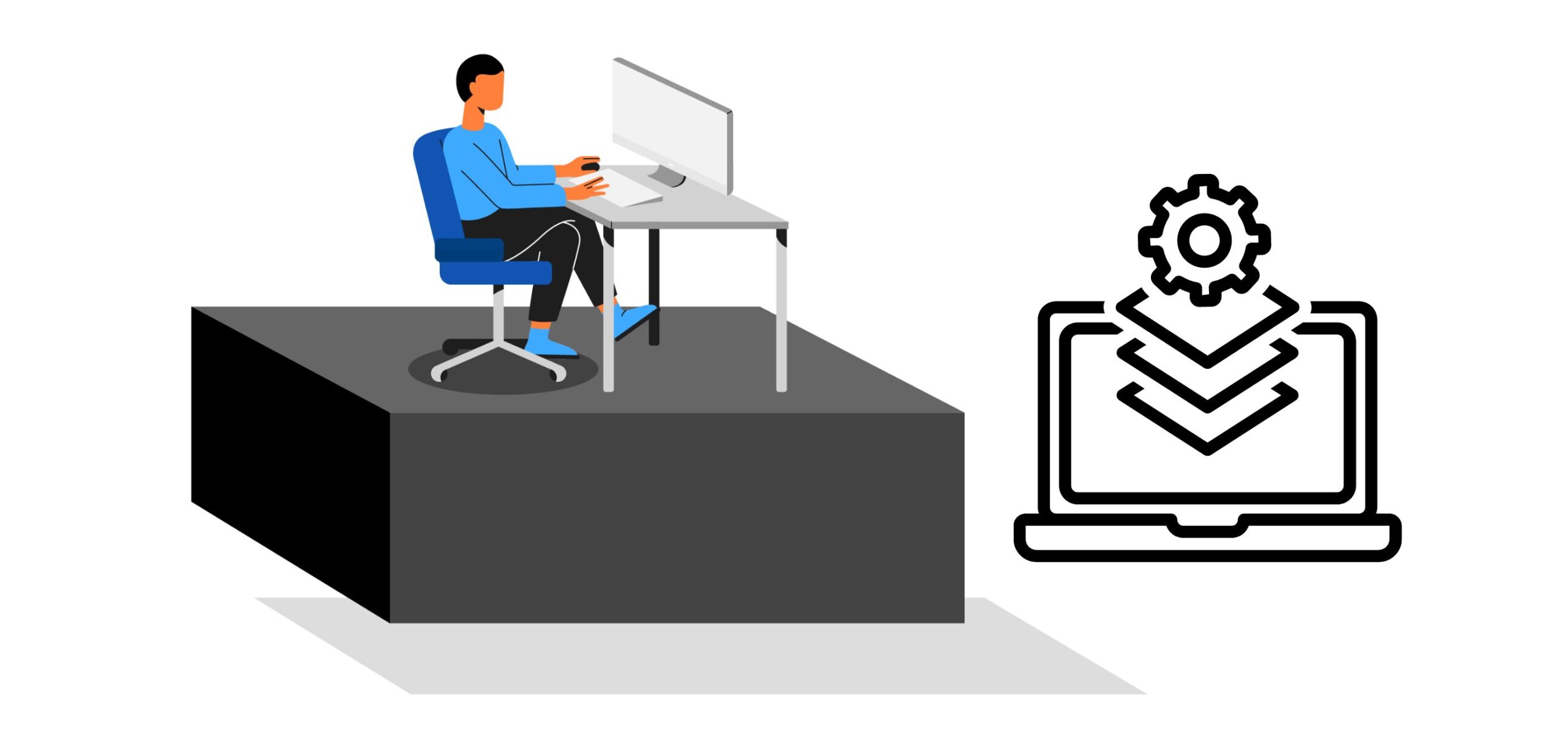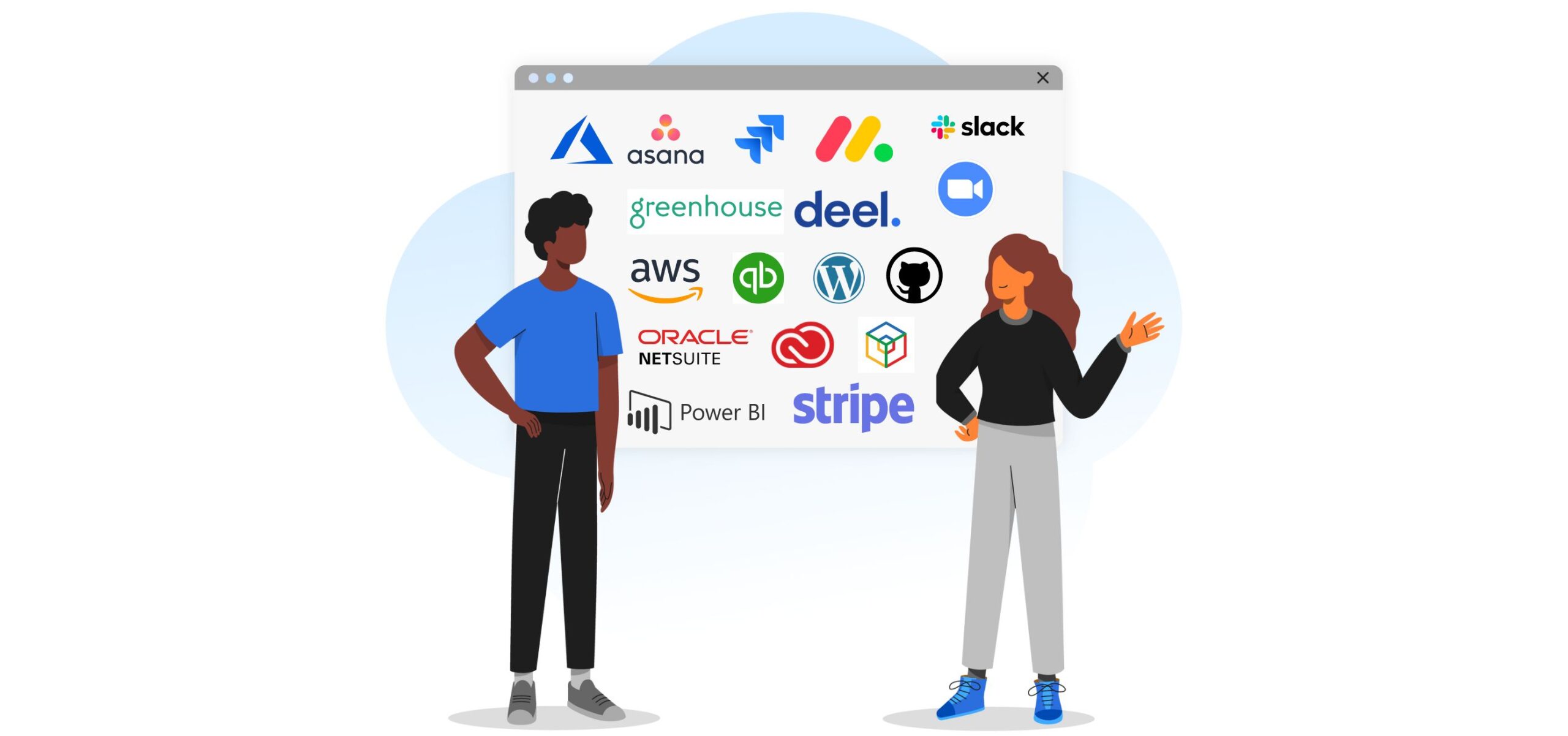Top 21 Angular Interview Questions and Answers for 2023
What is Angular mainly used for? Which are popular Angular interview questions? How do I prepare for an angular interview? Looking for answers to these questions? You’ve come to the right place. This blog post lists down some of the most popular Angular interview questions to help you crack your interview. Keep reading.
Introduction
From social media to healthcare, from eCommerce to online banking, billions of people worldwide use the web and mobile applications for almost everything. These apps are convenient and help people with their day-to-day lives, offering seamless user experiences.
Have you ever wondered how these apps offer such functionalities and features? Part of the credit goes to widely used web frameworks. There are various web frameworks and libraries to simplify app development.
Angular leads the way in front-end web development. Developers extensively use Angular to design web apps, especially dynamic web apps for all kinds of devices and platforms. And so, companies worldwide are looking to hire Angular developers to build high-quality products.
What is Angular?
Angular is a TypeScript-based open-source JavaScript framework run by Google. Angular’s primary goal is to create single-page applications. Angular has many advantages, as it provides a common structure for developers to work with.
This framework allows developers to build easy-to-manage applications using a unique architecture.
Angular architecture
Angular is a model-view-controller (MVC) framework. Angular gives clear instructions on organizing the application and supports bi-directional data flow with real DOM. There are six building blocks of an Angular application, which are as follows:
- Modules: An Angular app has a root module called AppModule that provides the application’s bootstrap mechanism.
- Components: In the application, each component defines a class that contains the application logic and data.
- Templates: The Angular template uses Angular markup in conjunction with HTML to alter HTML components before they appear.
- Metadata: Angular uses metadata to determine how to handle a class. It decorates a class so that the anticipated behavior of the class can be configured.
- Services: A service class develops when developers have data or logic that isn’t related to the view but needs to be shared across components. The @Injectible decorator is always connected with the class.
- Dependency injection: This functionality allows developers to keep their component classes as simple as possible. Dependency injection doesn’t pull data from a server, check user input, or log to the terminal directly. Instead, it delegates these responsibilities to the services.
Popular Angular interview questions and answers
-
What are single-page applications, and how do they work?
Web applications that use only one HTML page are single-page applications (SPAs).
To dynamically update HTML components, Angular leverages AJAX. SPAs can be created with Angular Routing. With SPAs, the app feels more like a desktop application than a website.
Angular provides handy techniques to present dynamic data on an HTML template at the user’s end. ‘String Interpolation’ is an example. String Interpolation allows developers to get data from a component and put it into an HTML template. -
What‘s the syntax of a Decorator in Angular?
Decorators are functions that are called with a prefixed @ symbol and a class, parameter, method, or property. The decorator function receives information about the class, argument, or method, and returns something to replace, or manipulate its target in some way.
Syntax: @() with optional parameters. -
What is [(ngModel)] used for?
ngModel is a directive that binds input, selects the text area, and saves the required user data in a variable that users can use anytime they need it. ngModel is also used during form validation. -
Name all basic parts of an Angular application?
Modules, Components, Property Binding, Templates, Structural Directives, Dependency Injection, Services, and Routing are some of the basic parts of Angular application. -
What is change detection?
Change detection is a mechanism in Angular. Change detection cares about view re-rendering in case data changes. -
What are pipes in Angular?
Pipes are straight functions that take an input value and transform it according to the developer’s requirements. Pipes can be predefined or user-defined, and they can be chained together. Pipes are accessible via the pipe symbol “|.” -
What is Bootstrapping in Angular?
Bootstrapping is a method for loading or initializing Angular applications.
Every application must have at least one Angular module – the root module, which is required for the application to bootstrap on launch. This NgModule is named AppModule by convention and by default. A class with the @NgModule decorator follows the import declarations. -
Which function is called when an object develops in TypeScript?
The constructor function is called when an object develops in TypeScript.
Syntax: Constructor(){} -
Explain the process to interact between Parent and Child components in Angular?
The @Input decorator in the Child component can be used to transmit data from the Parent to the Child component in Angular. The @Output decorator in the Child component can be used to transmit data from the Child to the Parent component. -
What is CLI in Angular?
The Angular CLI is a command-line interface tool for launching, developing, scaffolding, and maintaining Angular applications from a command shell. -
What is Transpiling in Angular?
Transpiling is transforming source code from one computer language to another. This process usually entails TypeScript to JavaScript translation in Angular.
Developers can create Angular application’s code in TypeScript, or another language like Dart, which can be transpiled to JavaScript. This process occurs internally and automatically. -
What is SPA in Angular?
Single Page Applications are online applications that load a single HTML page and update only a portion of the page rather than the complete page with each mouse click. During the procedure, the page does not reload or transfer control to another page. This step guarantees good performance and faster page loading. -
What is a directive in Angular?
Directives are classes that provide additional behavior to elements in Angular applications. Developers utilize Angular’s built-in directives to control forms, styles, lists, and what users view. -
What is Change Detection? How does the Change Detection Mechanism work?
The process of synchronizing a model with a view is change detection. Even when utilizing the ngModel to implement two-way binding, which is syntactic sugar on top of a unidirectional flow, the information flow in Angular is unidirectional.
Starting from the root component to the last, the change detection mechanism only moves forward and never looks back. This is what one-way data flow means. An Angular application’s architecture is pretty straightforward – it’s a tree of components. Each component is associated with a child, but the child is not associated with a parent. A $digest loop is not required with one-way flow. -
Which are the two change detection strategies?
Default and OnPush are the two change detection strategies in Angular.
Default checks the entire tree regardless of where the change happened if all components adopt the default technique.
Onpush, on the other hand, alerts Angular that users will comply with the performance enhancement constraints. This strategy tells Angular that the user component relies solely on input and that any object supplied to it should be treated as immutable. -
How do you update the view if your data model is updated outside the ‘Zone’?
Using the ApplicationRef.prototype.tick function to detect changes across the entire component tree.
Using the NgZone.prototype.run method to execute change detection over the entire tree. Under the hood, the run method calls tick, and the argument specifies the function you wish to run before the tick.
The ChangeDetectorRef.prototype.detectChanges method is used to start change detection on the current component and its children. -
What is lazy loading in Angular?
To separate the code into pieces, developers use a lazy module. The browser version of the app does not load all of the application code. The module must load the code into a browser during the transition to the route using lazy loading.
Example of lazy loading modules:
{ path: ‘example’, loadChildren: ‘./example/example.module#ExampleModule’, component: PublicComponent }, -
What do Core and Shared modules do?
A shared module is a generic module that contains all modules, components, directives, pipes, and other items that do not need to be in a single copy for the application but must be imported into several modules.
A core module, on the other hand, is a place where developers can save services that they need in the form of singletons for the entire program. -
What are some important points to consider while optimizing an Angular 6 application for performance?
There are many ways to optimize an Angular 6 application for better performance, here are some ideas:-
Tree shaking
-
Lazy loading
-
Separating dependencies and devDependencies
-
AOT compilation
-
Bundling and uglifying the program
-
Not computing values within the template by using OnPush and TrackBy
-
Removing nonrequired 3rd party libraries and import statements.
-
-
What are some important practices to secure an Angular application?
Here are some guidelines to secure an Angular application:
- Verify that all queries originate from your own web app and not from external websites
- Sanity all input data
- Use Angular templates instead of DOM APIs
- Stick to security policies for content
- Use server-side code to validate all data
- Use an offline template compiler to compile
- Don’t include external URLs in your application
- Maintain the most recent versions of all libraries and frameworks
-
Differentiate between unit testing and end-to-end testing?
Unit testing ensures that isolated sections of code are working properly.
End-to-end testing entails inspecting complete sets of components to ensure that they operate properly together and that the application performs as expected. End-to-end tests imitate user interactions to ensure that a program is working properly.
Bottom line
To gain insight into how a candidate thinks and what they can bring to their business, hiring managers go the extra mile with interview questions. These Angular questions will help you prepare for the same.
Remember, every Angular developer job role invites hundreds of applications, and similar questions can cause monotony. So, your interviewer will most likely ask you a mix of questions with varying difficulty in the interview. Be sure to prepare accordingly!
If you’re looking to hire Angular developers, try Turing.com. Turing can help you fill roles in 3-5 days, and help you save 50+ hours of time. Turing has a depository of 1.5 million+ developers from 150 countries.
FAQs
- What is Angular mainly used for?
Angular is an HTML and TypeScript-based platform and framework for creating single-page client applications. - Which are popular Angular interview questions?
Here are a few popular Angular interview questions:
- What are Single Page Applications? How do they work in Angular?
- What‘s the basic syntax of a Decorator in Angular?
- What is [(ngModel)] used for?
- What are the basic parts of an Angular application?
Join a network of the world's best developers and get long-term remote software jobs with better compensation and career growth.
